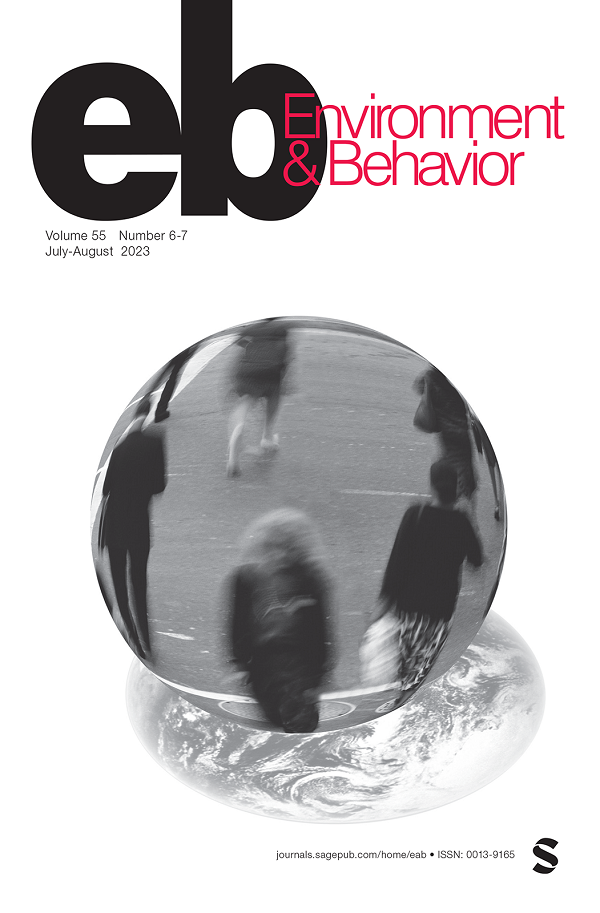天冷时我们叫,天热时我们咬:社交媒体中的愤怒、攻击行为和温度模式
IF 4.6
2区 心理学
Q1 ENVIRONMENTAL STUDIES
引用次数: 8
摘要
炎热的天气与恶性犯罪有关。然而,目前还不清楚类似的关系是否适用于网络攻击。这项研究使用了来自澳大利亚新南威尔士州推特帖子(推特)和攻击次数的愤怒次数,以调查它们是否与温度有相似的关系,并确定网络愤怒是否是攻击的预测因素。结果表明,这种关系在很大程度上是相反的——夏季的攻击次数高于冬季,而愤怒的推特次数则较低。随着每日最高气温的上升,攻击次数增加,而愤怒的推特次数减少。愤怒的推特数量与袭击呈反比,推特数量的增加表明袭击事件减少。对这种差异有几种合理的解释,包括温度对行为的影响、社会人口统计学差异和数据收集方法。这项研究的发现为社交媒体情感及其与温度的关系方面不断增长的文献增添了新的内容。本文章由计算机程序翻译,如有差异,请以英文原文为准。
In Cold Weather We Bark, But in Hot Weather We Bite: Patterns in Social Media Anger, Aggressive Behavior, and Temperature
Hotter weather is associated with aggressive crime. However, it is not well known if similar relationships apply to online aggression. This study uses anger counts derived from Twitter posts (tweets) and assault counts in New South Wales, Australia, to investigate if they share a similar relationship with temperature, and to determine if online anger is a predictor of assault. Results indicated that the relationships were largely inverse—assault counts were higher in summer than winter, while angry tweet counts were lower. As daily maximum temperatures rose, assault counts increased while angry tweet counts decreased. Angry tweet counts were inversely associated with assaults, with an increase in tweets signaling decreasing assaults. There are several plausible explanations for the dissimilarities including the impact of temperature on behavior, socio-demographic differences, and data collection methods. The findings of this study add to the growing literature in social media emotion and its relationship with temperature.
求助全文
通过发布文献求助,成功后即可免费获取论文全文。
去求助
来源期刊

Environment and Behavior
Multiple-
CiteScore
13.30
自引率
1.80%
发文量
13
期刊介绍:
Environment & Behavior is an interdisciplinary journal designed to report rigorous experimental and theoretical work focusing on the influence of the physical environment on human behavior at the individual, group, and institutional levels.
 求助内容:
求助内容: 应助结果提醒方式:
应助结果提醒方式:


